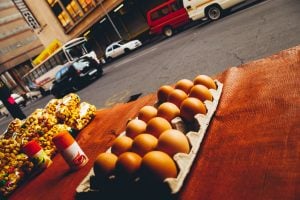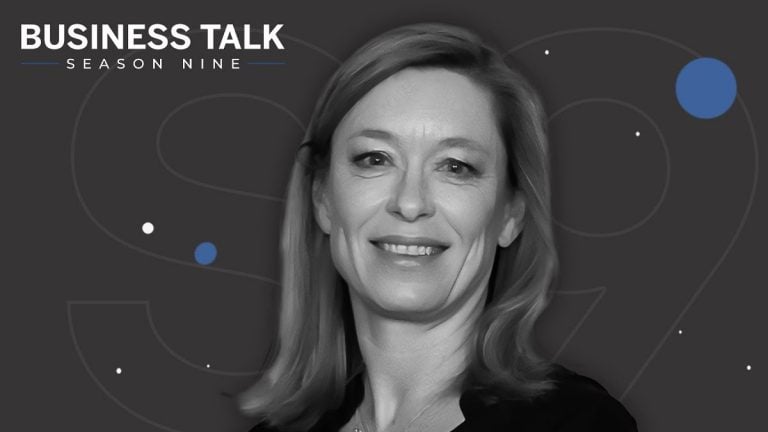Shift in interest rate expectations for South Africa

While economists still believe that interest rates in South Africa have peaked, more are starting to see rates being in restrictive territory for much longer – and cuts to come much later than previously anticipated.
Despite the improvement in South Africa’s economy, risks to inflation mean that interest rates will likely stay elevated for an extended period.
Last week, both the South African Reserve Bank and the US Fed decided to keep interest rates unchanged.
The US Fed is the most important central bank in the world and sets global monetary policy. This means that South Africa and other emerging markets will have to wait for the Fed to make the first move in lowering interest rates.
However, the Fed’s economic forecasts suggested that the decision to leave rates unchanged was hawkish, meaning that policy rates could stay higher for longer.
“Supporting this view are the projections on economic growth, personal consumption expenditure (PCE) inflation and the unemployment rate. At 2.1%, the Fed’s economic growth forecast for 2023 is double the
1.0% projected in June,” RMB Chief Economist Isaah Mhlanga said.
“The projection for 2024 was also revised to 1.5% from 1.1%, while that for 2025 was left unchanged at 1.8%. PCE inflation for 2023 and 2025 was marginally nudged up to 3.3% and 2.2% from 3.2% and 2.1%, while the 2024 projection remained unchanged at 2.5%.”
“The labour market is expected to be tighter than before, with the unemployment rate expected to be about 40bp lower through from 2023 to 2025 when compared to the June forecast.”
Higher oil prices are also a massive risk, with the Fed, and thus other global central banks, likely to keep rates higher for longer.
“They will be hawkish and react quickly at the slightest sign of materialising inflation risks and will drag their feet to cut rates when inflation is falling. It is in their nature,” Mhlanga said.
South Africa’s plan
The SARB’s battle against inflation has been working, with headline and core Inflation coming out lower than expected over the last three months.
The central bank also upped its economic growth forecast for 2023 from 0.4% to 0.7%, implying that recession fears are declining while the push for lower interest rates to improve economic growth is also waning.
With the increase in the private sector and household investment in their backup energy generation, the economy has been more resilient to load shedding.
The SARB has also decreased its headline and core inflation predictions for this year from 6.0% and 5.2% to 5.9% and 4.9%, respectively.
However, despite the improvement in inflation figures, they are not enough to tilt rate expectations to earlier cuts.
That said, the marginal increase in the implied cuts in the repo rate in 2024 from 62bp to 67bp further suggests that the rate hiking cycle is behind us.
There are also sustained risks to inflation, such as rising oil prices and drier conditions from El Nino, with the SARB also noting that the dire logistics sector in the country is impacting prices at the till.
This implies that we are likely to have higher interest rates for longer.
“Rate cuts will be a story of 2024, likely in the second half of the year,” Mhlanga said.
This prediction implies that interest rates will stay at their current levels for longer.
The most optimistic position comes from Investec, predicting a 25bp interest rate cut as early as Q1 2024.
Nevertheless, economists remain convinced that 2024 will see interest rate cuts irrespective of the exact time of the cuts.
Nedbank’s economists said that they expect a 100-bp cut throughout 2024, which would take the repo rate to 7.25% and the prime lending rate to 10.75%.”
Read: Signs of life for businesses and consumers in South Africa


















